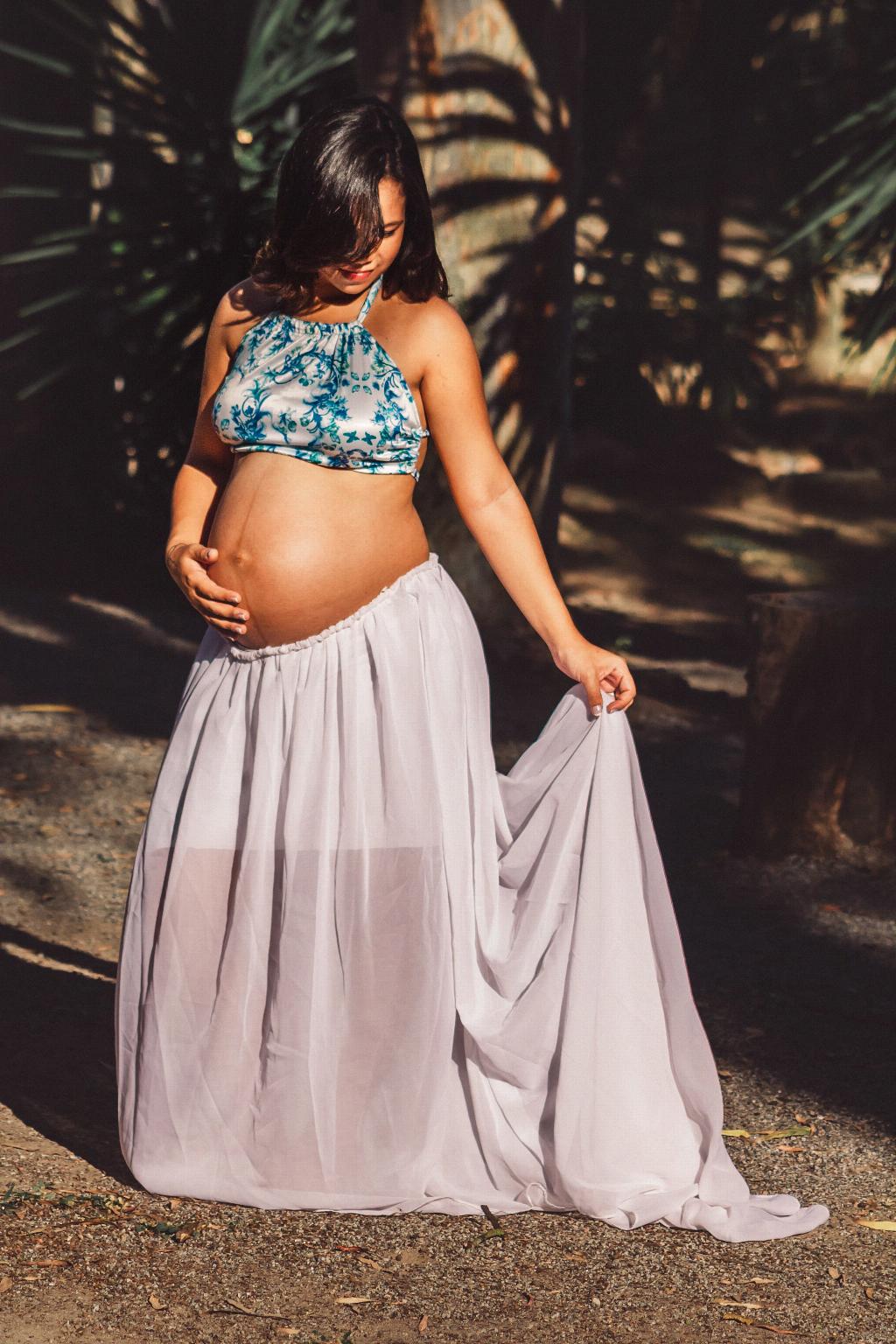Getting pregnant soon after giving birth, a condition known as closely spaced pregnancies, can have significant impacts on both the mother and the baby’s health and well-being. It is essential to understand the potential consequences of such a situation to make informed decisions about family planning.
Risks to Mother’s Health
One of the primary risks of getting pregnant immediately after giving birth is the depletion of essential nutrients in the mother’s body. Pregnancy and breastfeeding deplete vital nutrients like folic acid, which are crucial for the development of the fetus. If the mother’s body does not have enough time to replenish these nutrients, it can lead to nutritional deficiencies and health complications.
Risks to the Baby’s Health
For the baby, closely spaced pregnancies can also pose risks. The rapid succession of pregnancies can impact the developing fetus as it may not receive adequate nutrients for optimal growth and development. This can increase the likelihood of low birth weight, premature birth, and other health issues for the baby.
Increased Risk of Pregnancy Complications
Women who get pregnant soon after giving birth are at a higher risk of experiencing pregnancy complications. The body needs time to recover from the previous pregnancy before embarking on another one. Closely spaced pregnancies can increase the chances of complications such as preeclampsia, gestational diabetes, and postpartum hemorrhage.
Impact on Maternal Mental Health
Closely spaced pregnancies can also have implications for the mother’s mental health. The physical and emotional demands of consecutive pregnancies and caring for multiple young children can contribute to increased stress, anxiety, and depression. It is essential for mothers to prioritize self-care and seek support during challenging times.
Challenges in Childcare
Having children in rapid succession can present logistical challenges in terms of childcare. Caring for multiple young children simultaneously can be physically demanding and emotionally taxing. Mothers may find it challenging to meet the individual needs of each child while also taking care of their own well-being.
Financial Strain
Closely spaced pregnancies can also put a significant strain on the family’s finances. The costs associated with prenatal care, childbirth, and childcare can add up quickly when pregnancies occur in quick succession. It is essential for families to plan ahead and consider the financial implications of closely spaced pregnancies.
Importance of Family Planning
Family planning and spacing pregnancies appropriately are crucial for ensuring the health and well-being of both the mother and the baby. It is recommended to wait at least 18-24 months between pregnancies to allow the mother’s body to recover and replenish essential nutrients. Consulting with healthcare providers and discussing family planning options can help individuals make informed decisions.
Seeking Support and Resources
If you are considering getting pregnant soon after giving birth or have already found yourself in that situation, it is essential to seek support and resources. Talk to your healthcare provider about your concerns and explore available resources in your community to help you navigate the challenges of closely spaced pregnancies.
Conclusion
In conclusion, getting pregnant soon after giving birth can have significant implications for both the mother and the baby’s health. It is essential to consider the potential risks and challenges associated with closely spaced pregnancies and prioritize family planning and self-care. By making informed decisions and seeking support, individuals can navigate the complexities of managing consecutive pregnancies effectively.

